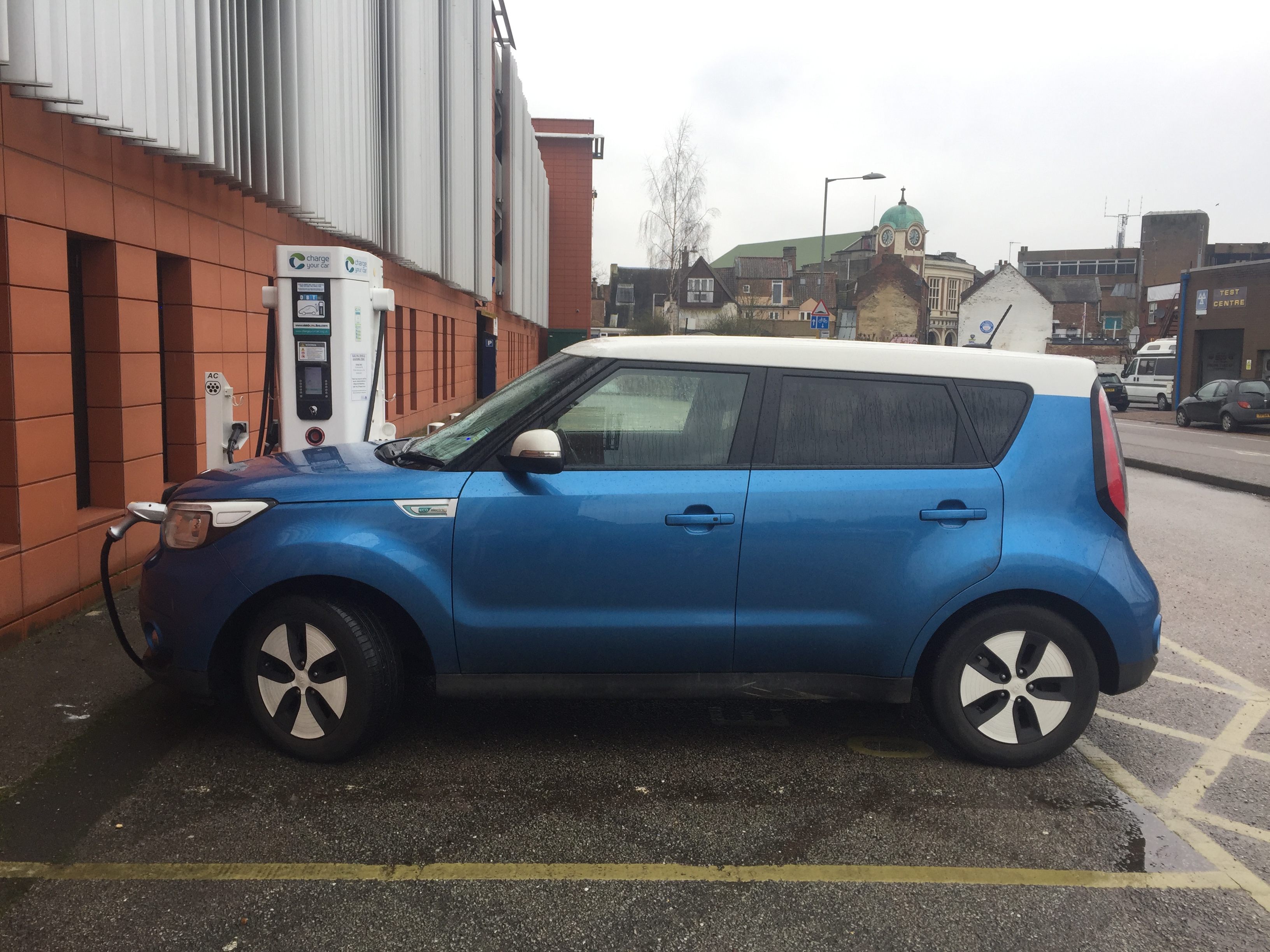- Joined
- Mar 1, 2014
- Messages
- 4,432
- Points
- 828
I see! I must admit, it's strange seeing a picture of a Soul on charge, when I'm so used to seeing them with engines, lol!
Other electrics make no noticeable difference.
I think someone on the Leaf forum worked out the headlights will reduce your range by something silly like 200ft per charge lol.
I'm not someone who likes to sit and kick my heels mid trip.
On a full charge using the heating - which on the Soul is a very efficient airsource heat pump, reduces the indicated range by only 3-4 miles.
On cars like the early Nissan Leaf etc with eletric heating (think small Emerson heater setup with an element in coolant, it's crippling and will half your range!
Other electrics make no noticeable difference.
I think someone on the Leaf forum worked out the headlights will reduce your range by something silly like 200ft per charge lol.
And King's Lynn had 3 Rapids, so unlikely to pull up and find them all in use currently which is a bonus.

Saw one just like this today, in Norwich near TK Maxx and farm foods, the guy getting in to it looked a bit dodgy but the car looked ok
Haha. It's rather cold out currently, so I'm normally in my hoodie looking a bit thug'ish
I think the theory is something like this.
Only about 25% of the energy contained in diesel fuel is used to push the car along, the rest is wasted.
When oil is used to generate electricity, a bigger percentage of the energy contained in the fuel actually produces electricity, so whilst it is still polluting, we get more energy, so less is wasted.
It'll still take a long time for electricity to come close to the convenience of petrol or diesel cars - long distances between fill-ups, and quick to refill.
It never goes wrong...:devil:
It never goes wrong...:devil:
And what about nuclear waste..?
We are storing it, putting it under ground ( in foreign countries) for our next generations to handle....!!
Actually that is still a rather good way to do it as the steam generation and turbine parts are very well understood and are essentially off the shelf. The heat exchangers to reheat the steam don't care if the source is molten salt (heated in by the sun or nuclear), geothermal, conventional nuclear, coal and so on. The steam is super heated, known as dry steam, and never is allowed to enter a liquid phase.On a side note, it still surprises me that we've not devised a more efficient way of energy generation than boil water, make steam, turn turbine.
I don't know who "we" are, but in the UK we don't store partially reacted fuel (it's not waste), we reprocess it and get more energy out. As far as I'm aware only the USA has the, in my view misguided, policy of storing partially reacted fuel.
Irrational fear of radiation and worries about proliferation have held back development of nuclear power and driven up costs. Practically, if new designs of fast neutron reactors with integral reprocessing were built we have enough "waste" depleted uranium and part reacted fuel to provide projected needs for at east 100 years without doing any mining. Then there is Thorium.
The weirdist approach is Germany who shut down existing nuclear reactors and are burning brown coal (about the worst fuel after peat) instead. Very few people have died as a result of nuclear accidents but millions have been affected by emissions (CO2, Sulphur compounds, heavy metal and radioactive waste) from fossel fuel plants. Yes I did say radioative waste. Burning coal concentrates Uranium. Some coal ash is more radioactive than low level waste from nuclear facilities. The Chinese have a particular issue with this and are looking it coal ash as a source of nuclear fuel.
Robert G8RPI.
The weirdist approach is Germany who shut down existing nuclear reactors and are burning brown coal (about the worst fuel after peat) instead.
Robert G8RPI.
